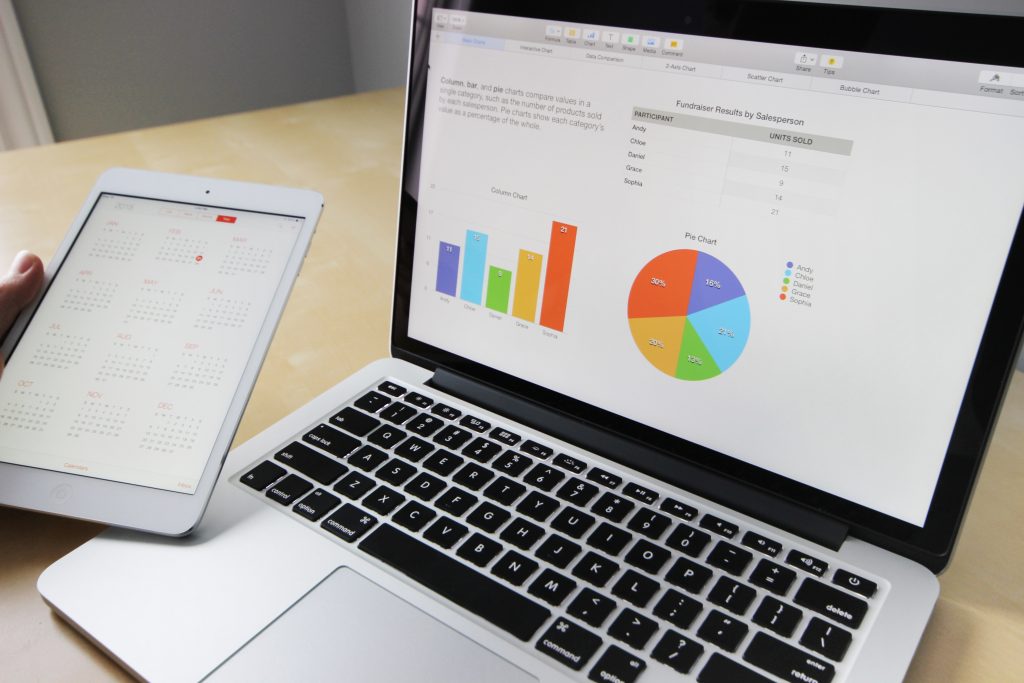Data analyst’s job includes calculations, statistics, data-mining, graphic representations.
Data analysts are also known as statistician assistants, and they do the same job and share qualifications.
However, the required qualifications, skills, and duties can vary based on the company or industry.
Article Table of Contents
Job Overview of a Data Analyst
Data analysts collect and obtain data and help others interpret and understand it.
For this, they need analytical, communication, computer, statistics, and math skills.
The types of data which the analyst processes depend on the specific economic sector where the analyst works.
For example, the data analyst in the healthcare industry works with laboratory data, prescription records, insurance claims, etc.
In marketing, they deal with sales, customer preferences, demographics, etc.
Data Analyst Responsibilities
- Compute and analyze data using statistical formulas.
- Verify completeness, reliability, and accuracy of data.
- Keep statistics with the help of records, surveys, and reports.
- Enter data into computers.
- Interview study or survey participants and track their responses.
- Collect and prepare graphs, charts, etc., of data, findings, and surveys.
- Organize survey forms, data, source materials, etc.
- Research new sources and methods of data collection.
- Gather customer requirements for data collection.
Essential Skills
Analytical:
Data analysts should be able to recognize patterns and draw conclusions from data.
They also determine how reliable the sources, materials, and data are.
Computer:
Data analysts use word processors, databases, and other applications to calculate data, statistics and present the data.
Necessary computer applications include SQL and other database products together with those focused on analysis and scientific methods.
Math:
To analyze data, analysts need mathematical skills, such as division and multiplication along with other math operations.
By calculating ratios, percentages, fractions, and formulas, data analysts can prepare reports, charts, and graphs.
Communication:
Listening and understanding participants’ responses help get reliable results and surveys.
Communication skills also mean that analysts should be able to present conclusions and findings, and other information to the supervisors, team members, etc.
How to Become A Data Analyst
Data analysts need to have a background with computers, statistics, and math.
Depending on the industry and employer, aspiring data analysts need to take industry-related classes and gain experience to be qualified.
Education and Qualifications
The minimal educational requirement for the data analysts is a high school diploma.
According to O*NET, six in ten data analysts earn a bachelor’s degree.
Others took at least some courses.
The areas for certifications or degrees usually include business administration, math, psychology, or computer science.
A business data analyst should have studied math, statistics, computer science or business.
Data analysts-to-be need to receive education in particular industries.
For instance, applicants in the healthcare industry or pharmaceuticals need to study healthcare management, biology, and biochemistry.
In the environmental area, they need to focus on natural, and biological sciences.
Work Experience
Data analysts can get experience from various positions working with spreadsheets, databases, and other software.
Some companies need the employees to have experience with SQL servers and other databases.
Those who have data mining experience also have good opportunities.
Employers usually hire candidates with experience in a specific industry.
For instance, those working in insurance, need experience with insurers, insurance agencies, mortgage companies, etc.
In educational establishments, they usually need work experience in studying student performance and teaching methodologies.
There are numerous opportunities in the healthcare area for data analysts.
According to the report of Bryan University, data analysts openings in healthcare have increased by ten times between 2007 and 2017.
Working Hours
Usually, data analysts work full time.
About 49% of them work 40 hours a week.
The schedule usually includes regular hours on weekdays.
If there are tight deadlines on the projects, they may need to work overtime or on weekends.
Those data analysts who work on phone surveys may have to work in the evening or weekends to reach potential participants.
Career Outlook and Prospects
The employment rate of data analysts may decrease by 2% by 2024, according to O*NET.
However, that doesn’t necessarily mean that the demand will be short for data analysts.
Marketers and retailers still require the services of data analysts to target marketing efforts and promote customer service.
Besides, as reported by Rocket Fuel, about 91% of surveyed marketers are interested in exploring data management platforms.
According to PayScale, data analysts can move on to the jobs of financial analysts, database administrators, etc.
With experience in these positions, data analysts can become directors of analytics, data managers, finance managers, IT project managers, etc.
Data analysts make $57,638 annually.
Conclusion
With a potential decrease in employment rate, the candidates with education and experience have better chances of getting hired.
The demand is expected to be higher in sales, marketing, healthcare as companies in this area seek improvement of market share, finding customers, controlling costs.
Data analysts should ensure the reliability of data and methods of collecting it to help companies achieve their goals.

